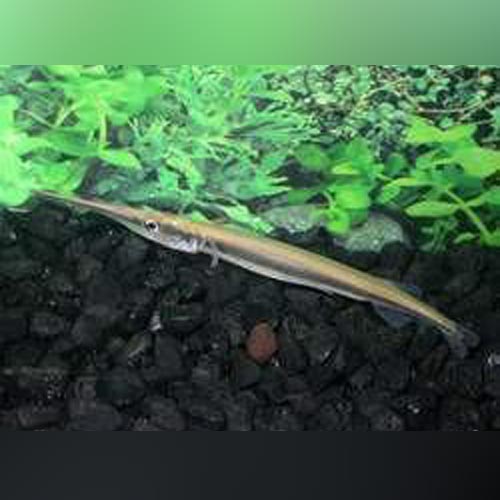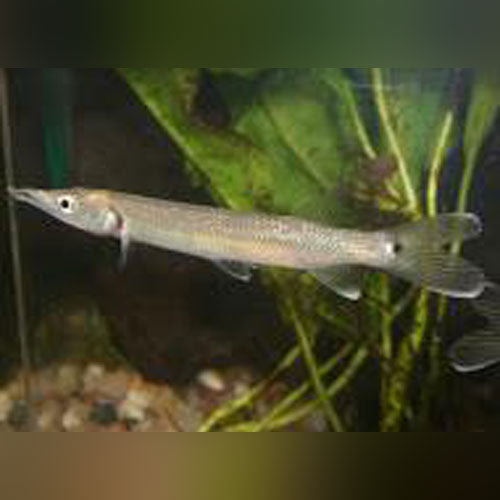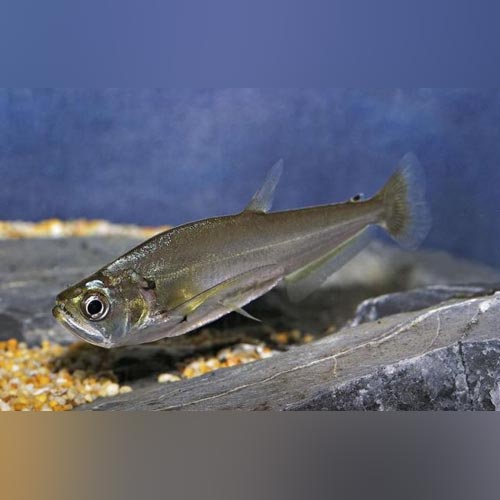Today, we're going to dive into the world of monster fish. These unique creatures require special care, larger tanks, and have a longer lifespan compared to other fish. In this article, I will share with you six basic principles associated with all monster fish, and then we'll explore five of the most popular monster fish you can find in pet stores. While we won't be discussing some of the more exotic monster fish like electric eels and arapaima, we'll focus on the ones that are more commonly available and easier to care for. So let's get started!
Six Basic Principles for Monster Fish Care
Before we delve into the specific types of monster fish, let's go over the six key features that all monster fish require:
- Predatory Nature: Monster fish are predators that swim, jump, and grow to a large size. Therefore, it's crucial to have an aquarium with a secure cover to prevent them from escaping.
- Live Food: While some monster fish can be transitioned to prepared foods, many of them require live food. Feeder guppies, feeder goldfish, and feeder shrimp are popular options. However, keep in mind that maintaining live food can be expensive.
- Adequate Space: Monster fish need plenty of room to swim around. A minimum tank size of 55 gallons is recommended, and be sure not to overcrowd the tank with decorations. They need open space to move without injuring themselves.
- Tropical Temperatures: Monster fish are tropical fish and require water temperatures between 75 to 85 degrees Fahrenheit. Additionally, the water should have a pH level between 6.5 to 7.5.
- No Tank Mates: Monster fish are not suitable for community tanks. They will eat any fish that can fit into their mouths. It's best to keep them alone or with other fish that are too large to be considered prey.
Now that we've covered the basic principles, let's explore five of the most popular monster fish you can find in pet stores.

The needle nose gar, also known as Xenentodon cancila, is a monster fish native to Asia. It has a long, narrow snout with teeth along its entire length. While it's a beautiful fish to watch, it can be challenging to transition them to prepared foods. It's best to provide them with a steady supply of small goldfish, feeder guppies, or ghost shrimp. Needle nose gar typically max out at 10 to 12 inches in length, making a 55-gallon tank suitable for them. They can coexist with large cichlids, tiger barbs, silver dollars, and other bottom-dwelling fish.

The black tail spot gar, also known as Atractosteus spatula, is another popular monster fish from South America. These fish can grow up to 20 inches in length and have a minimum lifespan of 10 years. They are hardy and can adapt well to tank life. Black tail spot gar are known for their striking appearance, with a black tail and silver body. They can be kept in a 55-gallon tank, but as they grow, a larger tank will be needed. Black tail spot gar are carnivorous and will eat a variety of live and prepared foods.
 The vampire tetra, also known as Hydrolycus scomberoides, is a unique monster fish that gets its name from its vampire-like appearance. These fish have a silver body and long fangs that hang down from their mouths. They are known for their aggressive feeding behavior and can grow up to a foot in length. Vampire tetras are not commonly found in pet stores, but they are a personal favorite among monster fish enthusiasts. They require a large tank and should be kept alone or with other large, aggressive fish.
The vampire tetra, also known as Hydrolycus scomberoides, is a unique monster fish that gets its name from its vampire-like appearance. These fish have a silver body and long fangs that hang down from their mouths. They are known for their aggressive feeding behavior and can grow up to a foot in length. Vampire tetras are not commonly found in pet stores, but they are a personal favorite among monster fish enthusiasts. They require a large tank and should be kept alone or with other large, aggressive fish.
 The silver arowana, also known as Osteoglossum bicirrhosum, is one of the most popular monster fish in the hobby. These fish are native to South America and can grow up to three feet in length. They have a sleek silver body and are known for their ability to jump out of the water to catch prey. Silver arowanas can be kept in a 55-gallon tank when they are small, but as they grow, a larger tank will be needed. They can be fed a combination of prepared foods and live feeders.
The silver arowana, also known as Osteoglossum bicirrhosum, is one of the most popular monster fish in the hobby. These fish are native to South America and can grow up to three feet in length. They have a sleek silver body and are known for their ability to jump out of the water to catch prey. Silver arowanas can be kept in a 55-gallon tank when they are small, but as they grow, a larger tank will be needed. They can be fed a combination of prepared foods and live feeders.
 The red hump flower horn is a hybrid fish that is a cross between different South American cichlid species. These fish are known for their aggressive behavior and unique hump on their forehead. Red hump flower horns can be kept in a 55-gallon tank, but as they grow, they may require a larger tank. They are solitary fish and should not be kept with any tank mates. Red hump flower horns are mean and territorial, and they will go after anything in their tank, including your fingers. However, they are one of the few monster fish that can be fed 100% prepared foods, eliminating the need for live feeders.
The red hump flower horn is a hybrid fish that is a cross between different South American cichlid species. These fish are known for their aggressive behavior and unique hump on their forehead. Red hump flower horns can be kept in a 55-gallon tank, but as they grow, they may require a larger tank. They are solitary fish and should not be kept with any tank mates. Red hump flower horns are mean and territorial, and they will go after anything in their tank, including your fingers. However, they are one of the few monster fish that can be fed 100% prepared foods, eliminating the need for live feeders.
Conclusion
Monster fish can be fascinating and rewarding pets, but they require special care and consideration. In this article, we discussed the six basic principles for monster fish care, including their predatory nature, need for live food, adequate space, tropical temperatures, and the importance of keeping them alone or with large tank mates. We also explored five of the most popular monster fish you can find in pet stores, including the needle nose gar, black tail spot gar, vampire tetra, silver arowana, and red hump flower horn. Remember, these fish have long lifespans and can live for 10 to 15 years, so be prepared for a long-term commitment. Enjoy your monster fish and happy fishkeeping!
